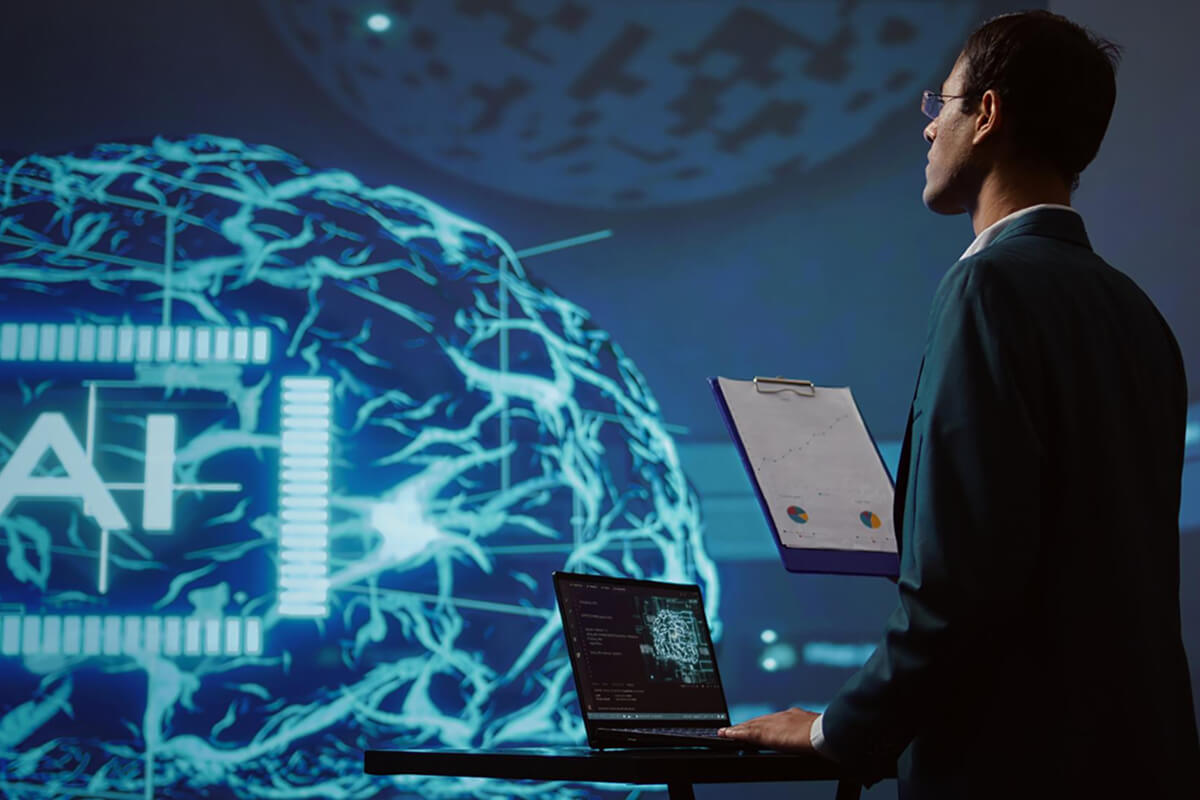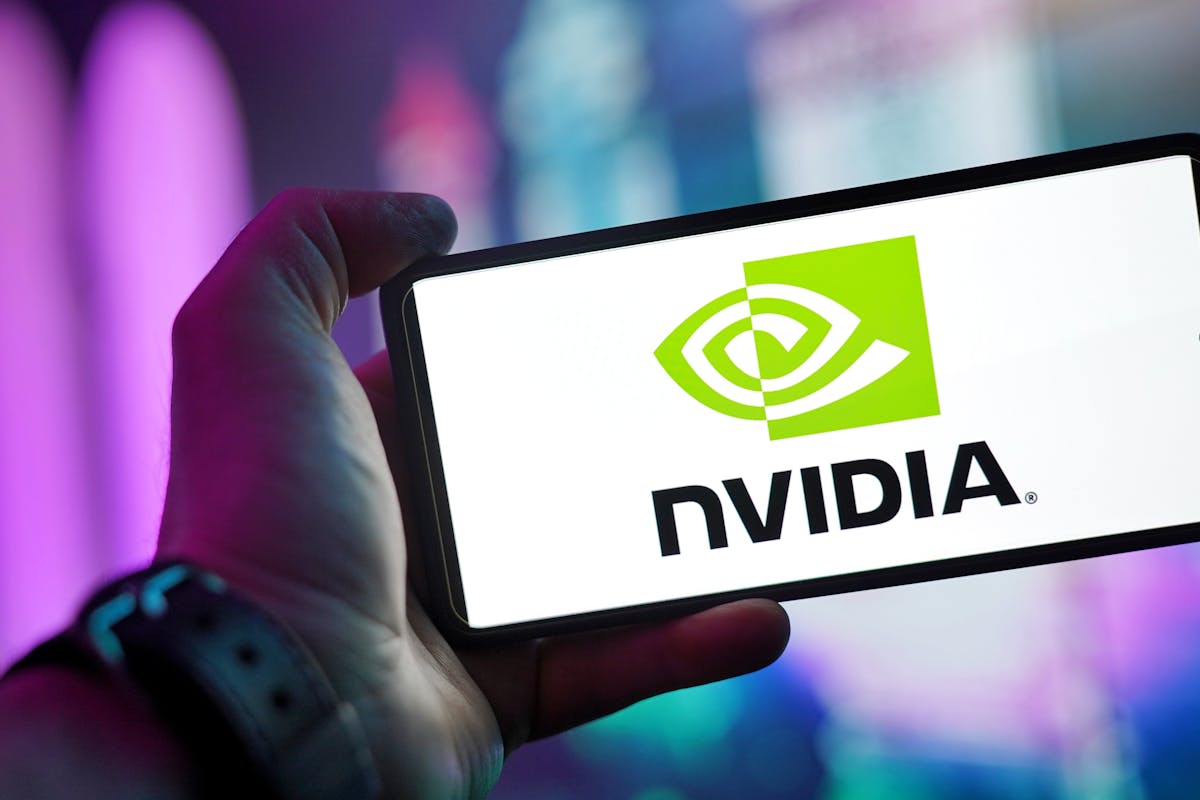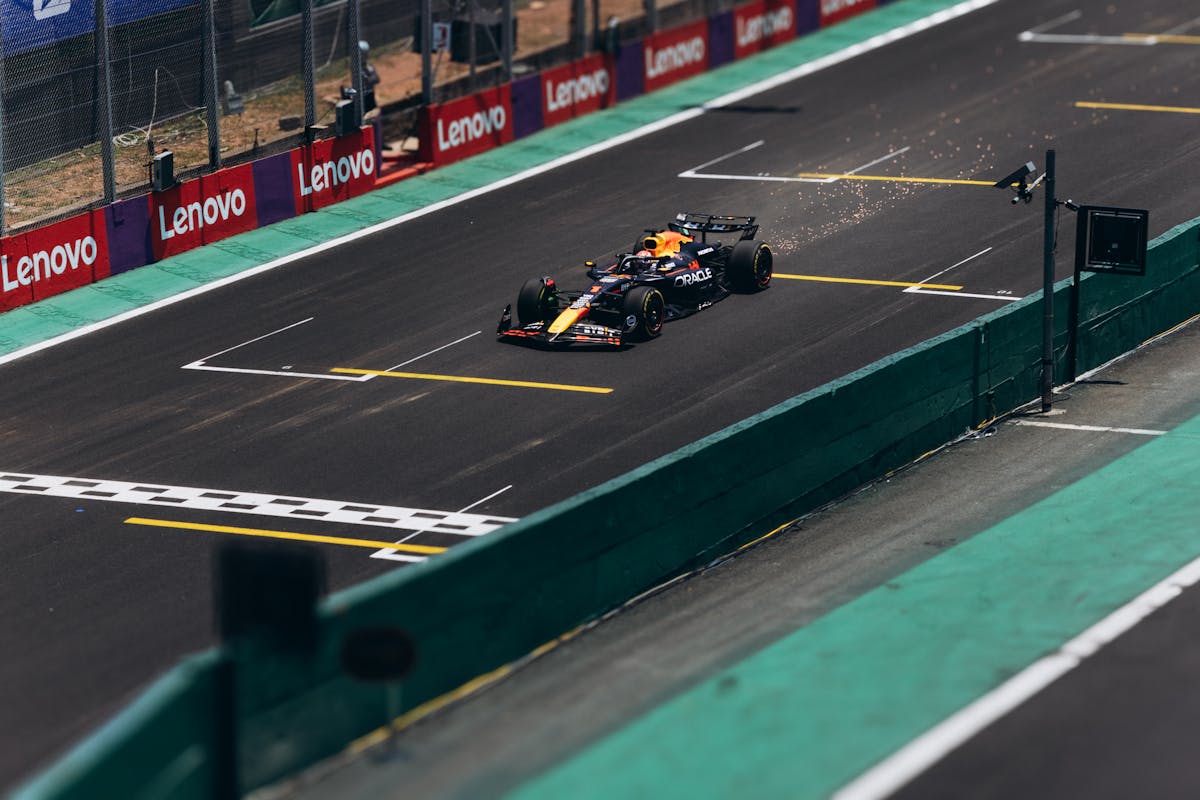How AI is Revolutionizing Network Failure and Maintenance
Network infrastructures today have to be reliable enough and assure perfect operation, whether it is a telecom network, a corporate data center, or a cloud infrastructure. Downtime means huge loss, unsatisfied customers, and potential security risks. This is where Artificial Intelligence (AI) comes in – the game-changer for network failure simulation and predictive maintenance. AI is revolutionizing the way networks are managed: there has never been such precision nor efficiency ever. Let’s find out how.
1. AI-Based Network Failure Simulation
This simulation was done in the past based on traditional determinism, relying on preconceived models and rules. The failure to consider the modern network as fundamentally dynamic and complex led to the making of highly incorrect predictions. AI is changing this space by providing simulations as more adaptive, real-time, and comprehensive.
Data-Driven Simulations
This would leverage huge amounts of historical data, network traffic patterns, and environmental variables to build models that can accurately simulate potential failure scenarios. Since the AI model can evolve dynamically with the changes in the network, it would represent the far end of the scale from traditional rule-based systems simulating real-world conditions with greater precision.
Anomaly Detection
This is one of the important advantages that AI offers for network failure simulation: anomaly finding. By continuous observation, AI algorithms can identify patterns and spots of failures before they develop into larger issues; it can therefore identify normal fluctuations in the network from real issues which may really cause an outage, thus helping make simulations proactive and directed.
Scenario Modeling
AI can test different failure modes in tandem, so the network administrator will know exactly what influence a differing failure point might create. By way of example, AI models can simulate the impression of how the effect of a certain server failure might look or a router breakdown or cyberattacks that might bring about an overall sense of how failures propagate across the network. This leads teams to find the weak links and concoct stronger mitigation strategies.
2. Predictive Maintenance and AI
Traditionally, network maintenance has always been reactive. Failures are rectified once they occur or scheduled at periodic intervals irrespective of the risk involved for failure of some components. AI-powered predictive maintenance changes the scenario with respect to migrating from reactive to proactive approaches in maintenance.
Predictive Analytics
AI can detect early indications that a network is deteriorating, and its predictive analytics can tell which network components are likely to fail through historical performance data coupled with real-time inputs for monitoring.
Its algorithms can pinpoint when and where the components will fail and enable it to intervene just in time before serious critical issues are developed.
Reducing Downtime
This way, AI greatly reduces unplanned downtime by predicting failures before they happen. As a network team does not wait for the network to go down but acts before the services are disrupted. In case an AI system predicts that a certain router is going to fail, it can be replaced or repaired during off-peak hours so that the disruption at its minimum.
Resource Optimization
AI also optimizes resources in maintenance. Unlike the traditional method where blanket maintenance was undertaken on all components in the network, AI automatically picks out the specific components at risk. This focuses the efforts and resources of network teams, reduces unnecessary costs in operation, and becomes more efficient.
3. Real-Time Monitoring and Decision Making
AI is also not only limited to predictive maintenance and simulation of failure but enhances real-time monitoring and decision making in networks.
Autonomous Response Systems
AI will automatically respond to some failure conditions. For instance, when a node from a network fails, an AI-based system can immediately reroute the traffic, redistribute available resources or take autonomous repair activities. The speed of response ability reduces the time taken in resolving network problems and keeps the service down as little as possible.
Self-Recovery Networks
AI-driven networks begin moving towards self-healing. Using ML algorithms, networks learn from the failures in the past and apply a cure in real time with no human input. In cases of a similar pattern of failure recurring, the system will autonomously apply a previously successful cure without waiting for human input.
Continuous Learning
AI systems can learn continuously from each failure simulation, real-world network incidents, and maintenance activities. As such, it continues to enhance the accuracy of prediction and the rate of success in simulations over time and results in a more robust network infrastructure.
4. Case Study: Netflix’s Simian Army
A classic example of AI-driven network failure simulation and resiliency engineering is Netflix’s Simian Army, a suite of tools made to ensure the reliability of Netflix’s streaming service. Among its well-known members is Chaos Monkey, a tool that is supposed to randomly shut down instances within Netflix’ cloud infrastructure to test the ability of such a system to survive failures.
Chaos Engineering in Practice
The Simian Army uses a technique known as chaos engineering, in which simulated failures are deliberately introduced into a system in order to verify its robustness. Central to this is AI and automation; for example, the Chaos Monkey randomly kills some services in the production environment of Netflix so that the system might detect, react, and self-heal in real time.
Running these tests in live is the best way to get Netflix its best view at how their infrastructure behaves when it’s under immense pressure. It needs to identify anomalies and reroute traffic while restoring impacted services without affecting end users, all while being proactive in simulating failures to stay prepared for network issues in the real world.
AI’s Role
Although chaos monkey began as a tool based on rules, it was more recently, at Netflix, that the development of chaos engineering incorporated more sophisticated and AI-based methods. The company now employs AI algorithms in scanning past failure patterns to predict future failures, running higher simulations in the process. This puts it in a position where it can begin to act before any failure has occurred rather than only react after one has taken place.
The Simian Army and its success for Netflix clearly demonstrate the relevance of AI and automation in building highly fault-tolerant systems that perform well under stress. These days, many organizations have started to apply this principle in enhancing network infrastructure reliability.
5. Benefits of AI-Driven Network Management
The benefits associated with AI in network failure simulation and predictive maintenance include:
Increased uptime: AI’s ability to predict and prevent failures minimizes the possibility of unplanned downtime.
Cost Efficiency: On the basis of resources where it is required, AI driven predictive maintenance does not incur unnecessary costs and optimizes the operational costs.
Improved Network Reliability: Continued monitoring, proactive interventions, and self-healing that increase network reliability.
Faster Response Times: The AI will better detect and predict and possibly solve network problems at a faster rate than the traditional method used; therefore, it is expected to yield an overall better performance.
Conclusion
With networks becoming a crucial site in more functions of businesses, the adoption of AI in network management only grows. AI-driven failure simulations like Simian Army at Netflix and predictive maintenance strategies are revolutionizing how network infrastructure is maintained – increasing uptime, providing cost savings, and actually improving reliability. Equipped with the power of prediction from AI, organizations can be one step ahead of network failures and ensure that their systems remain robust, flexible, and responsive to change.
In the near future, AI’s role in network management is going to evolve further and will give rise to fully autonomous networks that can self-monitor themselves, self-repair, and adapt to any changing condition without human intervention. The future is for no manual intervention in network maintenance. Network maintenance in the future is intelligent, adaptive, and powered by AI.








